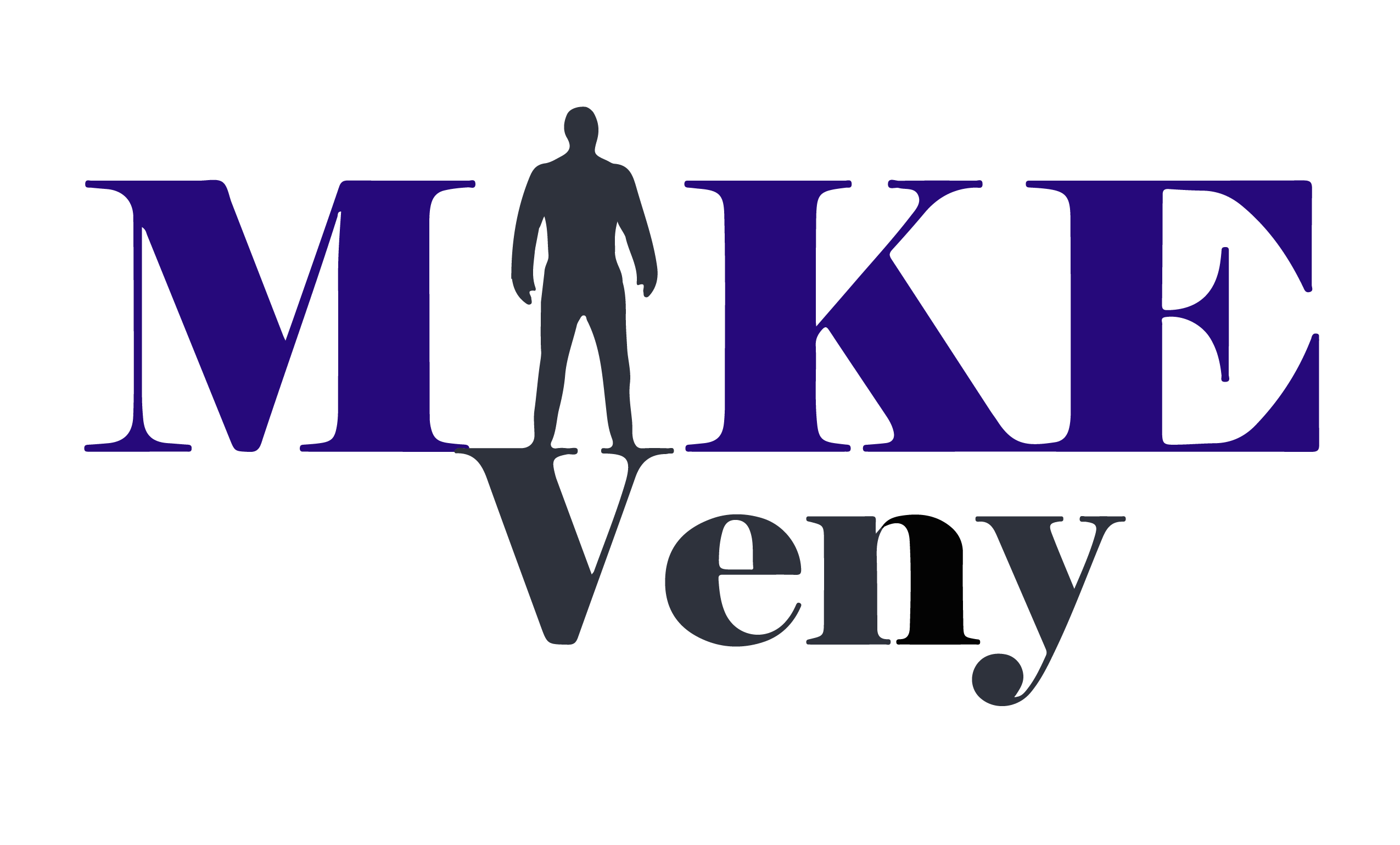
Health and wellbeing should be priorities for every employer. As levels of stress rise, and employees are increasingly at risk of burnout, it’s important for company bosses to be proactive in championing wellbeing. Here are some tips to help you create cohesive, inclusive, supportive workplaces.
Achieving a better work-life balance
Many people experience stress and anxiety as a result of feeling like they have too much on their plates. If your employees work long hours, they take work home with them and they’re trying to balance other commitments, it’s understandable to experience exhaustion and to crave a healthier work-life balance.
As an employer, you can help by assessing and managing workloads and implementing guidelines to separate working hours and downtime. It’s an excellent idea to schedule core office hours, for example, to allow people to take control of their calendars outside of these hours for greater flexibility. You can also discourage work-related communications, such as emails, late at night, early in the morning and over the weekends.
Talk to your team, ask questions about individual hours and workload and try to address problems that crop up during meetings and one-to-one sessions.
Encouraging healthy lifestyle choices
Employers cannot make decisions for their employees, but they can encourage teams to adopt healthier lifestyles. Steps you could consider include providing healthy foods in the staff breakroom and vending machines, providing health and wellbeing benefits in your employee package, making time for exercise and breaks in the fresh air and talking about mental health.
Inclusivity and team bonding
Most employees enjoy being part of a team and they work better when they feel comfortable and relaxed in the presence of their colleagues. It’s not realistic to expect everyone to be best friends, but building positive relationships will benefit your employees and your business as a whole.
Promote inclusion through training and open communication, encourage team bonding, and facilitate interaction and socialization. Organize events, get together outside of work and try to ensure that everyone feels welcome and valued.
Ideas for team building activities include away days, problem-solving, outdoor pursuits, creative workshops and sports competitions and charity challenges. You can motivate your team by ordering winners and 2nd place medals or setting a fundraising target for the charity of their choice. Try to add an element of fun to the working week. Even the simplest touches like a trip to the movies once a month can make a difference.
Spotting triggers and addressing concerns
Prevention is better than cure, but it’s not always possible to protect against mental health disorders or symptoms of depression, anxiety or severe stress. Employers can help their employees by talking to them, encouraging them to open up and working together to identify triggers and address pain points and concerns. From having too much work to trying to juggle work with other commitments, it may be possible to ease pressure and make changes that will help the individual, as well as others in the team.
Employees may struggle to be productive and efficient if they are struggling with their mental or physical health. As an employer, it’s hugely beneficial to champion wellbeing in the workplace. T


